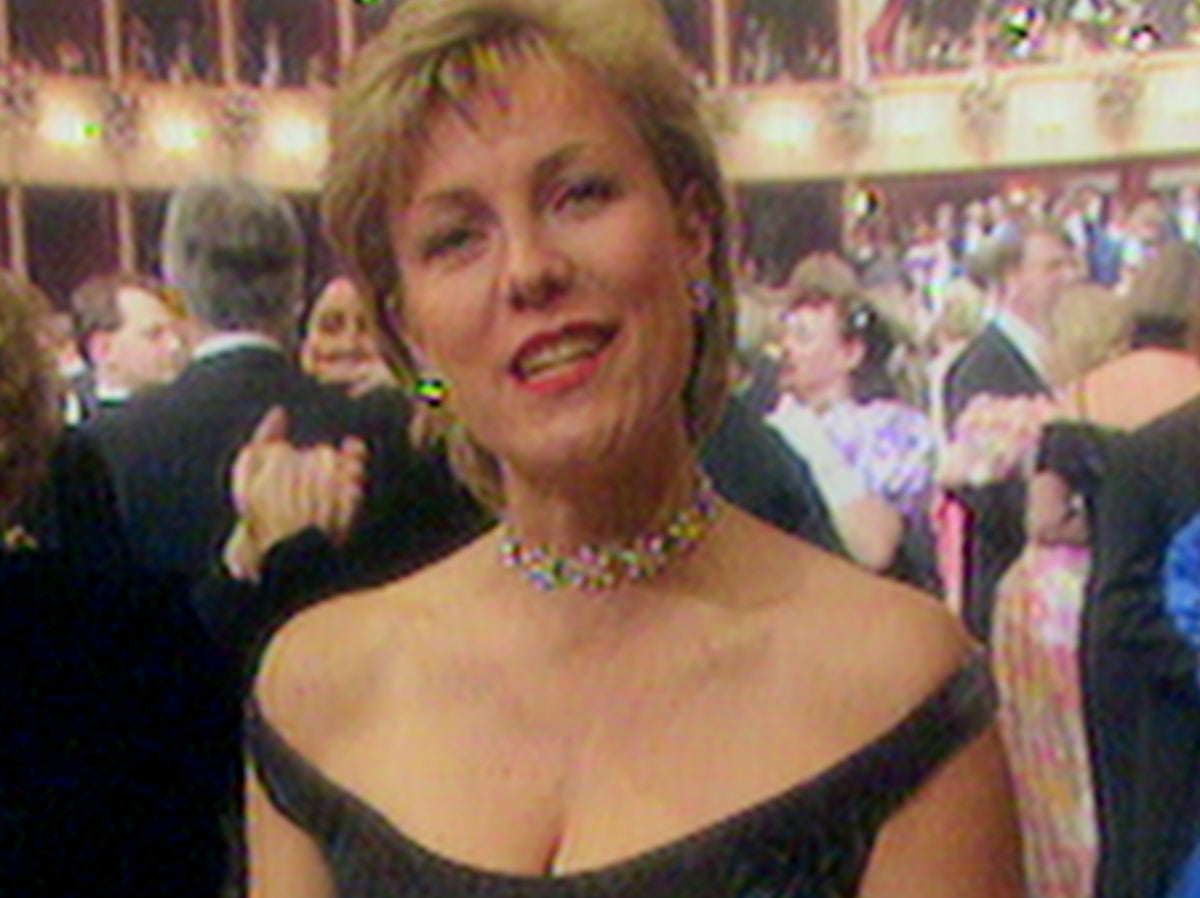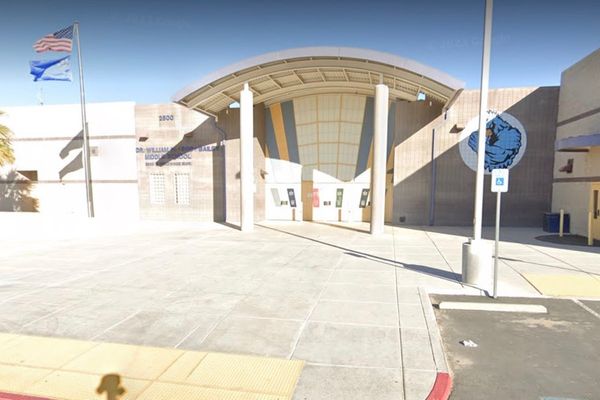
As with so many high-profile unsolved murders, the answer to the question “Who killed Jill Dando?” is “We will never know”. That’s why these programmes are usually so pointless, frankly, going over all the old theories, hunches and dead ends that the police and media have investigated over the ensuing decades. Production team after production team produce new programmes, but, inevitably, uncover no new evidence, witnesses or other material that would settle some of the speculation, let alone force an arrest or trial. This is – mostly – the path followed in this latest Netflix documentary on the murder of Dando a quarter of a century ago. Indeed, the essential and valuable insight offered by the three-part account of the murder is this: because the original suspect, Barry George, has been cleared, the police aren’t actively pursuing the case at all. So, unless someone confesses, and does so convincingly, there can be no closure.
The Netflix documentary does try to break new ground, though, and it features an interview with George, the man accused, convicted and later cleared of the murder of the TV star. But he sheds no new light on what happened. The case thus remains open, and creates a vacuum for speculation and future periodic, fairly futile, retellings of the story, ad infinitum.
It was one of the biggest crime stories of recent decades, equally shocking and inexplicable. Dando, 37, a hugely popular BBC television newsreader and presenter of Crimewatch and travel shows, was shot dead on her doorstep at around 11am on 26 April 1999. She was killed by a single bullet to the head, fired directly into her as she was held on the ground by her lone assailant. She had just parked her car and was ready to open the door of her home in Fulham, west London. No one saw the incident, though there were many accounts of the aftermath.
For more than a year, the police followed lines of enquiry that led nowhere – they looked into her partners, her friends and acquaintances, a blue Range Rover that sped away from a parking warden, and the man who ran and waited at a bus stop. There was also speculation that her role as a Crimewatch presenter made her a revenge target, or that being a BBC journalist and fronting an appeal for Kosovan refugees in the war in former Yugoslavia could mean there was a Serbian connection. As someone who’d worked a little with Jill on Breakfast News, I can see why the police failed to come up with a single “enemy”; the countless heartfelt tributes to her goodness were perfectly true. It made the tragedy harder to take.
The documentary ploughs through all these old leads, the narrative led by interviews with Dando’s brother, Nigel (a dignified presence throughout), as well as her friends, colleagues, the press pack (impatient as ever), and, most compelling, the senior investigative officer, Hamish Campbell. He still believes George is guilty, despite the fact his conviction was overturned, and the story is clearly as frustrating for those involved to relive as it must have been the first time around. The sense of loss and missed opportunities to bring Dando’s killer to justice is palpable. One cannot help feeling, for example, that if CCTV had been as widespread then as it is now, we might be closer to finding the truth; in this case, London Transport destroyed the material recorded on their buses before the police had got around to asking to view it…
The police also took about a year before they made an arrest. Their suspect was Barry George, a man described in the media at the time as a well-known “local weirdo”, an “unemployed loner” and “a fantasist”. He remains one of the strangest characters to have ever risen to public prominence and is the extreme antithesis of Dando. Whereas she had, in the language of the day, this fresh-air “girl next door” quality and some of the glamour of Princess Diana, George apparently lived in squalor in his flat, adopted improbable personas, and had a criminal record. He had been arrested for stalking and indecent assault, and was once caught skulking in the undergrowth of Kensington Palace gardens with a knife, a length of rope and a poem for Prince Charles in his camouflage trousers.
After the police nabbed him and searched his flat, they found scores of undeveloped camera films that featured grabbed shots of random women on the streets of Hammersmith and Fulham, and one sinister-looking photo of a man in a gas mask wielding a handgun, presumed to be George himself (though who took it, if so?). There were also piles of old newspapers and magazines, a number featuring Princess Diana, Dando and other well-known women. George was also known to have an interest in guns. None of that made him a killer: what convinced the jury that he was, in his first trial, was the discovery of a tiny particle of firearms residue in the pocket of George’s coat – the only evidence that linked George to the murder. But its forensic reliability was subsequently found to be poor, and led to his acquittal.
Barry George, who had his conviction quashed— (Jeremy Selwyn/Evening Standard/Shutterstock)
The Netflix interview with George is creepy and unsatisfactory, if unavoidably compelling. He seems wheezy and not in the best of health, which is hardly his fault. But his performance, if that’s the right word, is unsettling, not least because, at one point, he asks one of the crew to step forward and help him act out the murder. It is odd behaviour, for sure, in the circumstances. The other disturbing aspect of these sequences is that George repeats everything he told the police in 2000 – we see the original interrogation footage – but he isn’t robustly challenged, which to me is a dereliction of journalistic duty. George’s answers just hang in the air.
For example, he says, now as then, that he didn’t know who Dando was when she was killed, though that plainly seems at odds with her celebrity at the time, and with the collection of news cuttings about Dando that were found in his flat. He also says he doesn’t know who the masked man with a gun in the photo is. The police certainly judged he was lying (though if he feared they were trying to frame him, then that might be another explanation for alleged untruths). Yet, George isn’t pressed on any of this by the programme makers. The only conclusion that the Netflix team come up with is offered by an old lag by the name of Noel “Razor” Smith, who claims with some force that Dando’s death was down to some Mr Big in the criminal underworld who he can’t name or even say why he can’t name. This leaves us exactly where a bereaved family and a shocked nation was left on that bright spring day in 1999: none the wiser.







